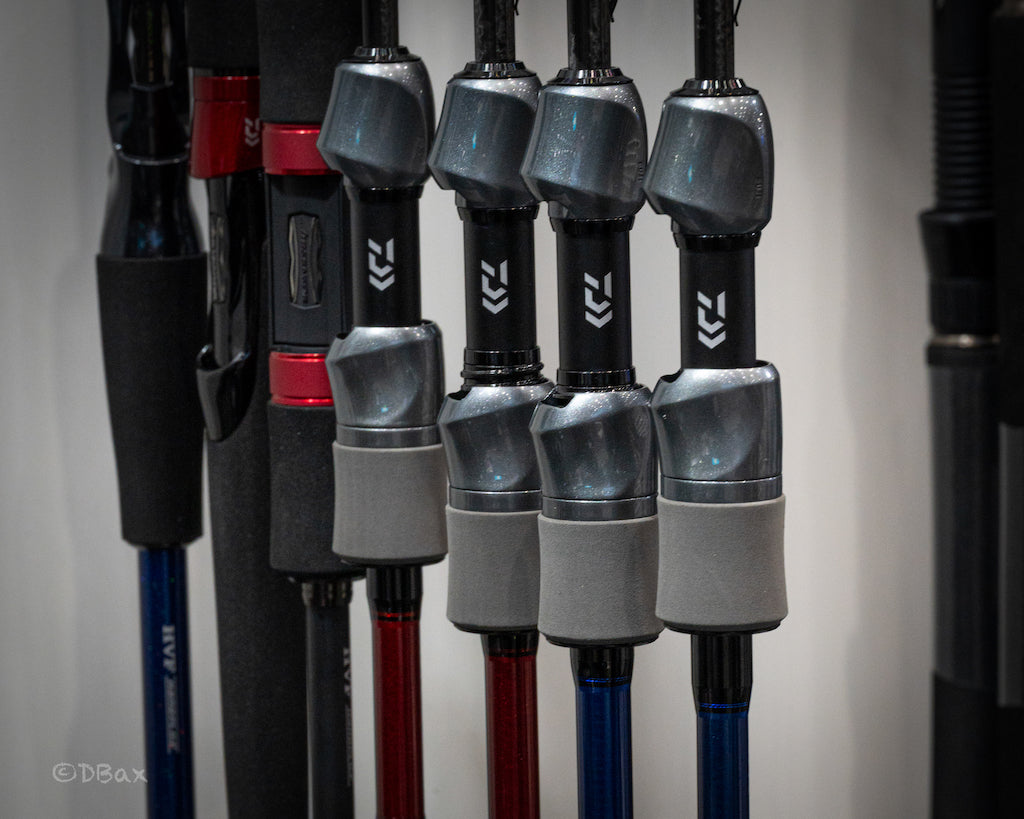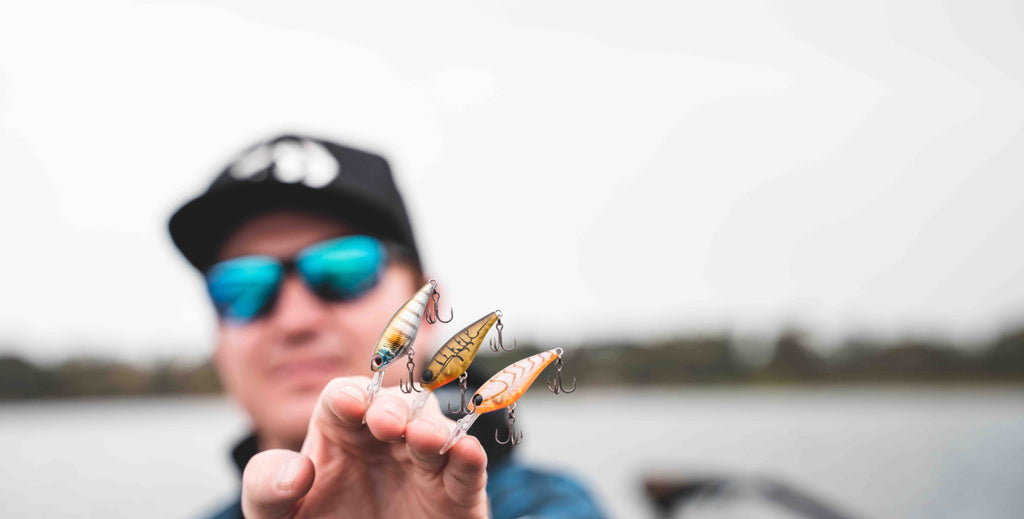Fishing Tips: Estuary Topwater Luring
Written by Darren Weda. Coming into the warmer months and topwater luring is on many a fishermans mind. By far one of the most exciting and visual ways of lure fishing its no wonder so many people are turning to this style of fishing.
There is such a large range of species, fresh and salt, that are willing to break the surface to attack and eat their surface holding prey.
Some species are more biologically suited to feeding on topwater prey, with eyes close to the top of their heads and no big dorsal fins etc. Classic examples are Barramundi, Saratoga, bass, and EP’s. But there is still a myriad of other species that are not at all shy to eat food off the top and make for some amazing fishing. Murray Cod, bream, GT’s, tuna, whiting, and the list goes on.
I will mainly be talking about estuary species in this article, and while there are a lot of similarities when targeting some of those other freshwater and bluewater species, there is also a lot of differences which could easily have their own article.
Estuary luring in the southern states will see you generally chasing the following species, Bream, Estuary Perch, Bass, and whiting. That’s not to say you wont get surprised by a hungry lure munching flathead, trevally, tailor or Salmon though!
There is a few different styles of Surface lures on the market these days.
- Walk the dog style pencil – Daiwa Slippery Dog 65f
- Bent minnow style – OSP Bent Minnow
- Cicada / frog imitator – Daiwa D-frog and D popper frog.
- Poppers – Daiwa Gekkabijin shiranui.
Tackle
Some lures are suited more to certain species and certain locations. Best thing to keep in mind is to try match the hatch.
Cicada style lures where there is a lot of forest and overhanging trees etc, skinny pencil lures, Bent minnows and poppers more where there is baitfish and prawns around.
Line and leader class should be as per normal lure fishing, lighter on the flats and clear water, heavier around tight structure. 4lb fluoro is my standard leader size and 6-8lb around heavy structure.
Ultimately any light spinning rod and reel can be used, but you will get much better results using a longer (7ft +) rod with a faster action/taper. These rods allow you to cast further, more accurate and also impart a much better action on the lure, especially “walk the dog” type topwater lures like the slippery dog.
Daiwa’s Generation Black and Black label rod series have perfect 7ft fast taper rods that will do the job.
2004-2506 sallow spool reels are better suited to these lighter rods and allow longer casting of the lighter topwater lures. My Generation Black and Black Label V2 rods have a combination of 2004 Freams, 2004 TD Sol 2 and 2004 Certate reels.

Locations
Next point of discussion is location. Again depending on what estuary species you are targeting will determine where you cast your lures. For structure dwelling species like Bass, EP’s and sometimes bream, you obviously want to be casting your surface lure as close to structure as possible and leaving it in the zone for as long as possible. If your not close enough to the structure you wont get the bite.
For flats and weed bed dwellers accuracy is not as important, but conditions can definitely help instead. Low light, overcast and not glassed out will definitely help fish feel safer coming up to the surface to eat a lure.
Retrieves
There is not one set retrieve to be using for topwater fishing, but again matching the retrieve to the conditions, location and especially mood of the fish.
A good starting point that I use is to cast to my desired location, let the lure sit for a few seconds, work the lure with the rod tip for about 50cm, then give a good pause, 3-5 seconds, then repeat. From that point vary the length of the retrieve and pauses to try and work out what the fish want and even if there are fish in that location.
Some days fish will be happy to climb on any presentation and retrieve speed, while other days a more slowed down with lots of pauses will be a better option. This is especially true if you are getting some swirls and also fish just nosing up to your lure for a look but then not following on with a bite.
This can be some of the most exciting and also most frustrating fishing you will have, seeing a big blue nose bream slowly rise up from under snag, sit with their nose against the lure just checking it out. A slight twitch of the lure could result in the fish retreating back home or also enticing it to engulf the lure and then game on. It is those fish “moods” that you will need to work out on the day.
If you have never given surface luring a go, I urge you to try next time you are on the water in those low light conditions, just remember, long casts, shallow water/snags and you will be surprised how effective and ridiculously addictive it can be.


 Contact Us
Contact Us Blog
Blog About
About





